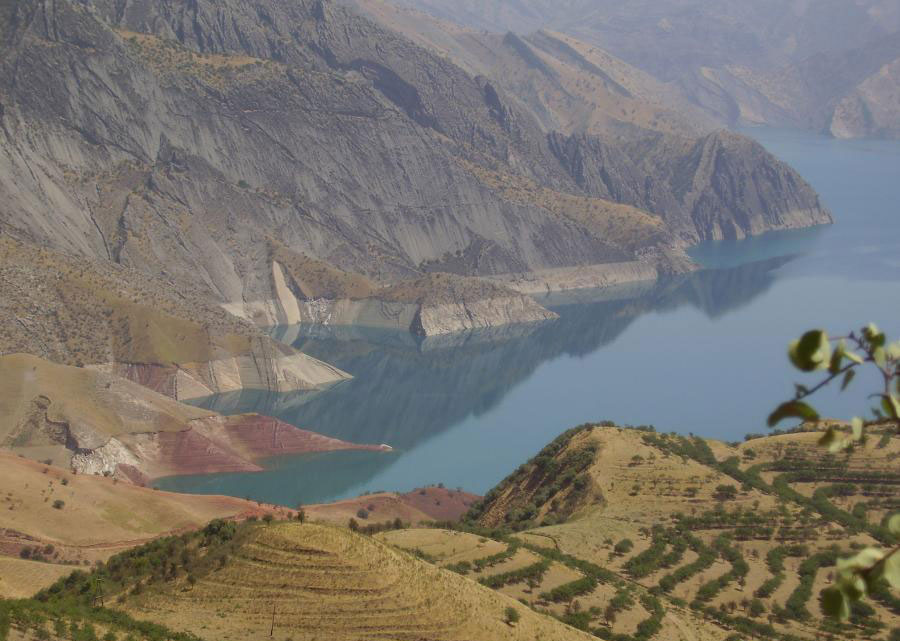DUSHANBE, April 7, 2011, Asia-Plus — In a report released at a news conference in Dushanbe, Minister of Energy and Industries Gul Sherali noted on April 7 that the electricity rationing in the country will remain in effect until water flow in the Vakhsh River rises to 600 cubic meters per second.
This may happen only after April 20, the minister noted. “According to the weather forecast, temperatures will rise to plus 30 degrees Celsius after Aril 20,” Gul Sherali said.
According to him, the water flow in Vakhsh River is currently at 250-260 cubic meters per second, while last April, the water flow in the river was at 400-450 cubic meters per second.
Water reserves of the reservoir powering the Norak hydroelectric power plant (HPP) have practically been exhausted and only 1.8 meters remain to the critical point, after which use of water may lead to technical malfunction at the plant, the minister said.
Gul Sherali attributes current hard power supply situation to a cold snap that hit the country in early March.
In the regions, only district administrative centers now have electricity for one and half hours per day, while villages do not have electricity now. Electricity rationing was imposed on Dushanbe as well; electricity supply to residential customers in the city is now cut off from 11:00 pm to 5:00 am.
The country’s power plants now generate 29.9 million kWh of electricity and 16 million kWh of this amount are supplied to the Tajik Aluminum Plant (TALCO).
“Only several industrial enterprises now receive electricity regularly,” said the minister, “Cement plants and canneries have been shifted to coal, while the remaining enterprises receive electrical power according to the established regime.”
Gul Sherali stressed that such a weak water inflow in the Vakhsh River was reported in 1992, 1999 and 2002. “But in those years, our power supply system had been connected to Central Asia’s unified power system,” he noted.




